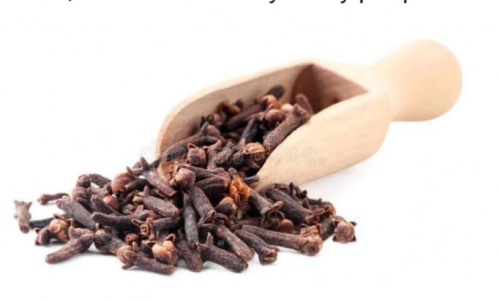profile/268IMG_20220807_094738.jpg
Davetech
Health Tips To Live Older
~0.5 mins read
In this article, I will present a short review on how to practice good eating habits and hygiene practice that will boots Human immune system to live older.
1. Do bodily exercise quite often.
2. Eat lots of veggies
3. Ensure your food are properly cooked to avoid eating something that will spike up a biochemical imbalance in the body.
4. Drink plenty of water regularly( water therapy)
5. Take a little walk in the morning or evening to relax Your nerves.
6. Avoid too much intake of cholesterol
7. Do yoga
8. Keep good company of friends to avoid stories that touch the heart.
9. Do not starve
10. Pray always .
#Happyweekend#
profile/268IMG_20220807_094738.jpg
Davetech

Different Categories Of People Who Should Avoid Eating Cloves
~0.9 mins read
Cloves, which are abundant in fibre and other essential organic chemical compounds that assist to reduce inflammation of the gut or stomach, relieve and lessen ulcer symptoms, neutralize free radicals, facilitate simple food digestion, and maintain overall health, are consumed by many people.
Cloves do contain some chemicals, though, which some people should stay away from in order to prevent their illness from getting worse.
1. According to WebMD, those who struggle with blood thinning and are prescribed Warfarin should avoid eating cloves because the eugenol content in cloves, an organic chemical compound, can interact or bind with the medication and prevent it from being active or performing its functions in the blood, aggravating the medical condition. Such individuals should refrain from consuming cloves.
2. Another group of people who should avoid eating cloves is those who have diabetes. Even while cloves contain the substance eugenol, which can lower blood sugar levels, too many cloves can increase the amount of eugenol in the body, which in turn can cause hypoglycemia, a condition when the blood sugar level is too low. It is recommended to fully avoid eating them and instead turn to other nutritious foods that can lower blood sugar if you want to avoid developing this medical condition.
Advertisement

Link socials
Matches
Loading...
